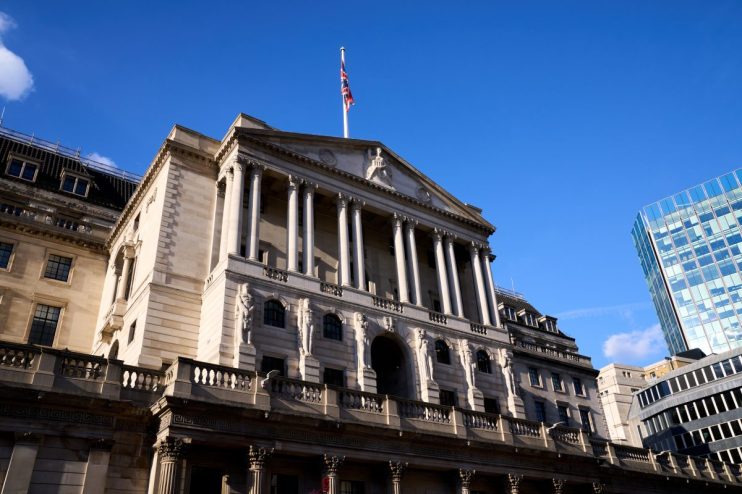Tuesday 11 November 2025 10:59 am
Share
 The Bank of England is tipped to cut interest rates in December.
The Bank of England is tipped to cut interest rates in December.
The jump in the unemployment rate and softening private sector wage growth is driving up expectations of an interest rate cut at the Bank of England’s next meeting in mid-December.
The Office for National Statistics (ONS) said the unemployment rate had jumped to 5 per cent, higher than economists had expected, while wage growth had softened slightly on the month to 4.6 per cent.
Private sector wage growth in the three months to September, which tends to be more closely monitored by Monetary Policy Committee (MPC) members, slowed further to 4.2 per cent over the period.
Markets are now pricing in a three-in-four chance of a rate cut in December, which is higher than previously expected.
“Today’s data strengthens the Bank of England’s case to resume cutting interest rates next month, as moderating wage pressures and a softening labour market are expected to bring wage growth closer to levels consistent with the inflation target by the end of the year,” Yael Selfin, chief economist at KPMG UK, said.
“Private sector pay growth, the Bank’s preferred measure, is also anticipated to fall further with more people in the labour market seeking work, weakening workers’ bargaining power.”
Hargreaves Lansdown analyst Matt Britzman said lower wage growth “fuels hopes” that another cut would come.
Interest rate cut hopes excite gilt traders
Gilts, the name for UK government bonds, rallied after fresh data showed a further decline in the jobs market.
Read more
Unemployment rises as concerns grow for UK jobs market
Gilt yields, which move inversely to prices, dropped over the early hours of trading on Tuesday. All of five-year, ten-year and thirty-year gilt yields fell by around five basis points.
The Bank left interest rates on hold at four per cent at its decision last week. The prospects of another cut may boost demand for existing gilts offering higher interest payments, thereby raising gilt prices and lowering yields.
Higher gilt yields reflect in higher debt interest payments for the government, which are projected to reach over £110bn over the course of this year and could wreak havoc on public finances.
But Investec economist Ellie Henderson warned that high pay growth, which has remained above four per cent, may worry some policymakers at the Bank who have complained about high inflation expectations.
“Pay growth in excess of 4 per ce t is still above what would be deemed consistent with the Bank of England’s 2 per cent inflation target,” Henderson said.
“There is also a broad expectation across sources that pay growth will ease in 2026. The Bank of England’s November Agents’ summary, for example, suggested that early indications of 2026 pay settlements are averaging around 3.5 per cent, a little below 2025.
“In December we will get the Agents’ pay survey, which should provide a more comprehensive view of pay expectations for next year.”
Read more
Unemployment rate surges to 5 per cent
Similarly tagged content:
Sections
Categories
People & Organisations